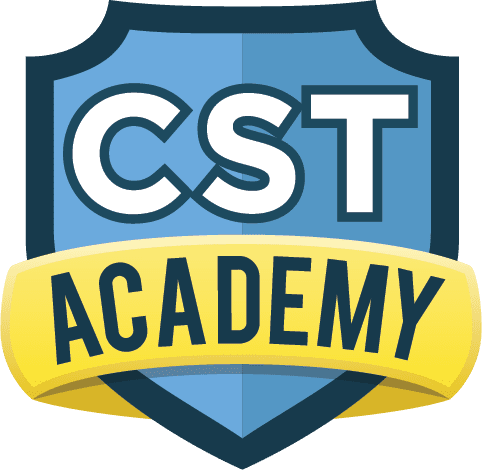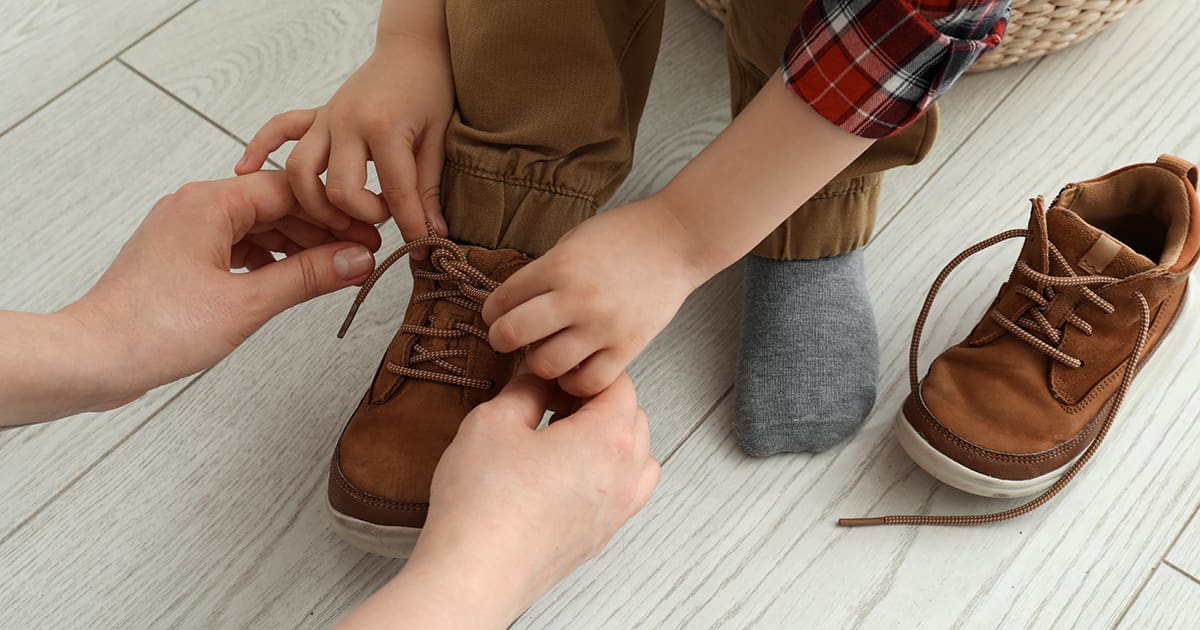Share this Post

Communication is the key to connection, understanding, and self-expression. For children with autism, developing communication skills can be challenging, particularly when verbal language is delayed or limited. American Sign Language (ASL) offers a powerful and accessible way for children to communicate their needs, express their feelings, and build meaningful connections with those around them.
At CST Academy, we are passionate about empowering children with autism to communicate effectively, regardless of their preferred method. By incorporating ASL into our therapy programs, we open new doors for children to engage with the world, helping them build confidence and thrive socially, emotionally, and academically.
What is ASL and Why Is It Beneficial for Children with Autism?
American Sign Language (ASL) is a visual language that uses hand signs, facial expressions, and body movements to convey meaning. Unlike other forms of communication, ASL does not rely on verbal speech, making it an ideal option for children who are nonverbal, minimally verbal, or experiencing delays in speech development.
Benefits of ASL for Children with Autism:
- Promotes Communication: ASL gives children a way to express their thoughts and needs, reducing frustration and encouraging interaction.
- Supports Language Development: Learning ASL can help children bridge the gap to verbal language by providing a foundation for communication.
- Enhances Social Skills: Signing allows children to engage with peers, caregivers, and therapists, fostering stronger social connections.
- Reduces Behavioral Challenges: When children can express themselves through ASL, it reduces the likelihood of challenging behaviors stemming from communication barriers.
- Accessible for All Abilities: ASL adapts to each child’s abilities, offering a flexible and inclusive communication method.
How CST Academy Incorporates American Sign Language (ASL) into Therapy Programs
At CST Academy, we believe every child deserves the opportunity to communicate in a way that feels natural and effective for them. ASL is an integral part of our speech therapy and developmental programs, tailored to meet the unique needs of each child.
1. Personalized Speech Therapy with ASL Integration
Our speech-language pathologists (SLPs) incorporate ASL into individualized therapy plans, ensuring that every child has access to tools that work best for their communication journey.
Focus Areas Include:
- Teaching signs for basic needs, such as “eat,” “drink,” or “help.”
- Expanding vocabulary through interactive activities and repetition.
- Bridging the gap between ASL and verbal speech for children transitioning to spoken language.
2. Play-Based Learning
Children learn best through play, which is why we incorporate ASL into fun and engaging activities. By integrating signs into games, songs, and stories, we make communication a natural and enjoyable part of their daily experience.
Examples of Play-Based ASL Activities Include:
- Singing songs with ASL signs for key words, like “Twinkle, Twinkle, Little Star.”
- Using ASL during storytime to sign keywords or phrases in the book.
- Incorporating signs into pretend play, such as using “more” or “finished” during tea parties or building blocks.
3. Social Skills Groups with ASL
Our social skills groups create opportunities for children to practice ASL with peers, fostering meaningful interactions and enhancing communication.
What Happens in Social Skills Groups:
- Role-playing real-world scenarios, such as asking for a turn or sharing toys using ASL.
- Practicing greetings, introductions, and farewells in sign language.
- Engaging in group activities where ASL is used to communicate.
4. Parent Training and Collaboration
We understand that parents play a critical role in their child’s communication journey. At CST Academy, we provide training and resources to help families learn and use ASL at home, ensuring consistency and reinforcing progress.
Parent Training Includes:
- Demonstrating common signs for daily routines, like mealtime, bedtime, or playtime.
- Offering tips for encouraging ASL use in everyday interactions.
- Providing access to resources, such as ASL videos or flashcards, for continued practice.
The Impact of American Sign Language (ASL) on Children with Autism
For many children with autism, learning ASL is a transformative experience that enhances their ability to communicate, connect, and thrive. Here are some of the positive changes families often see:
- Increased Confidence: Children feel more empowered when they can express themselves and be understood.
- Improved Relationships: Using ASL strengthens bonds with caregivers, peers, and therapists by fostering meaningful communication.
- Reduced Frustration: With a reliable way to communicate, children experience fewer moments of frustration or emotional outbursts.
- Expanded Opportunities for Learning: ASL supports cognitive and language development, paving the way for academic and social success.
Tips for Introducing ASL at Home
Parents can support their child’s ASL journey by incorporating signs into everyday routines. Here are some simple ways to get started:
- Start Small: Begin with basic signs like “more,” “eat,” “help,” and “thank you.”
- Use Visual Cues: Pair signs with pictures, gestures, or spoken words to reinforce understanding.
- Make It Fun: Sing songs, play games, or watch videos that include ASL.
- Be Patient: Celebrate every effort your child makes, even if they don’t use the signs perfectly.
- Learn Together: Take the opportunity to learn ASL as a family, making it a shared and supportive experience.
Why Families Choose CST Academy
Families trust CST Academy because of our commitment to providing compassionate, individualized care that meets every child’s unique communication needs. Here’s what sets us apart:
- Expert Team: Our therapists are highly trained in speech therapy and ASL integration for children with autism.
- Personalized Care: Every child receives a customized therapy plan tailored to their abilities and goals.
- Inclusive Environment: We celebrate all forms of communication and create a safe, supportive space for children to thrive.
- Parent Collaboration: We partner with families to ensure progress continues at home and in the community.
A Parent’s Perspective: The CST Academy Difference
“Before we discovered ASL, our son had difficulty expressing his needs, which often led to frustration. The team at CST Academy introduced us to sign language, and it’s been a game-changer. Now, he uses signs to let us know what he wants, and we’ve seen a huge improvement in his confidence and mood. We’re so grateful for the support and care we’ve received here—it’s made all the difference for our family.”
Take the First Step Toward Empowered Communication
ASL is more than just a language—it’s a bridge to connection, understanding, and self-expression. At CST Academy, we are dedicated to helping children with autism find their voice, whether through spoken words, signs, or a combination of both.
Contact us today to learn more about how ASL can support your child’s communication journey and how CST Academy can make a difference.
Discover Our Pediatric Therapy & Autism Care
ABA Therapy
Support for children with autism.
Diagnostic Evaluation
Expert assessments to identify child needs.
Pediatric Therapy Services
Speech, Occupational, Feeding, and Physical Therapy.
Therapeutic Preschool & Kindergarten
A classroom environment designed for early learners with unique needs.

Find the Best Care for Your Child




